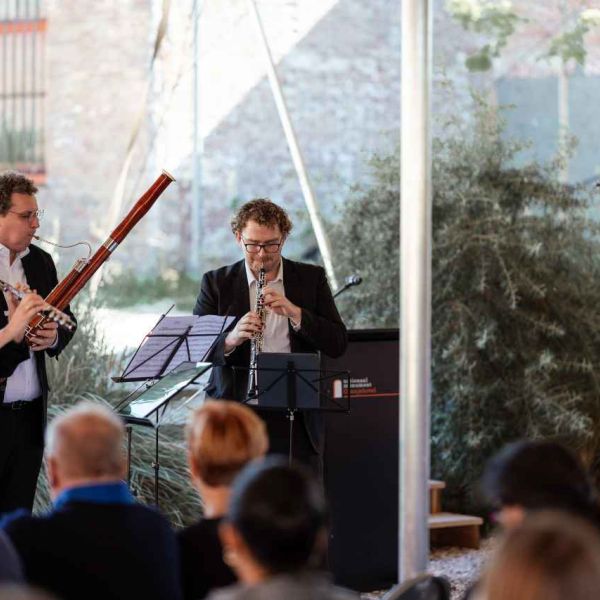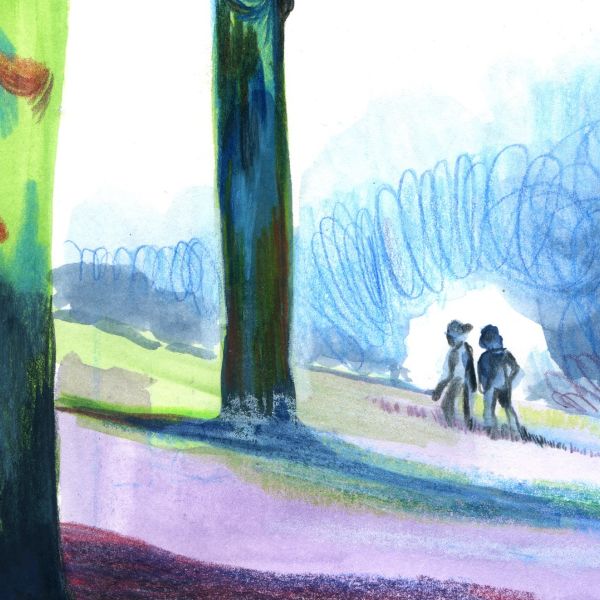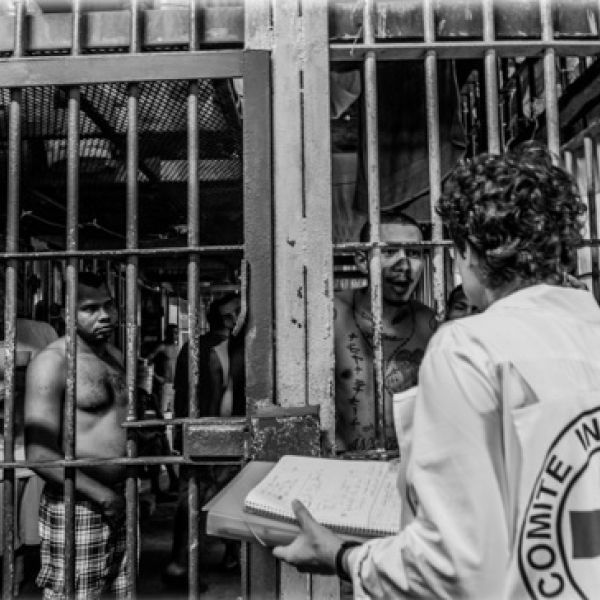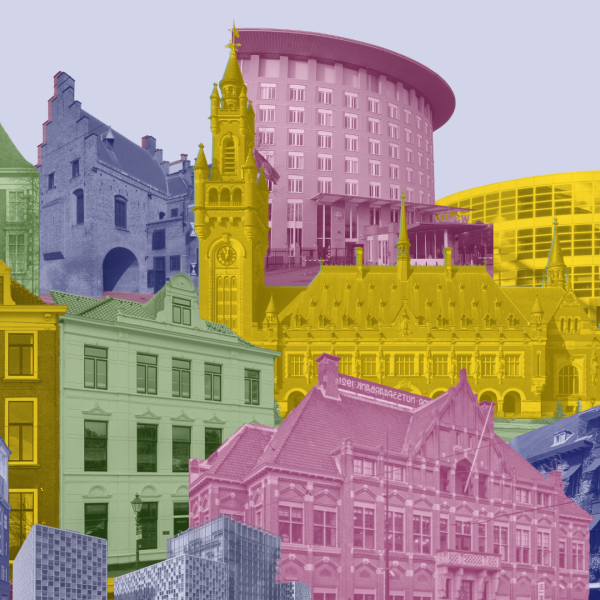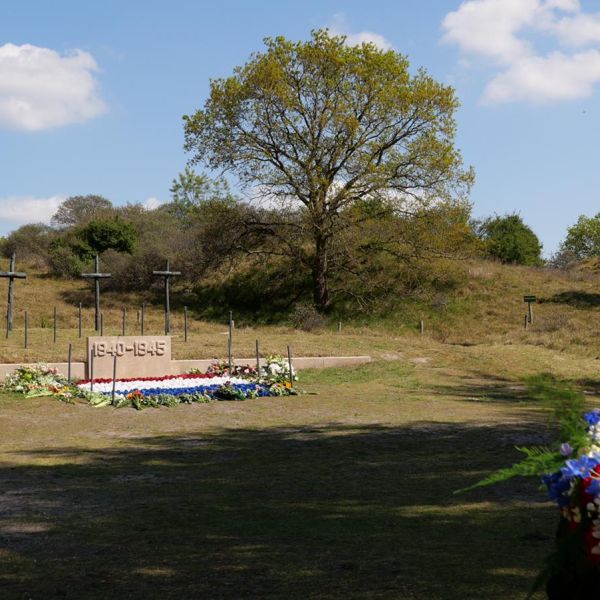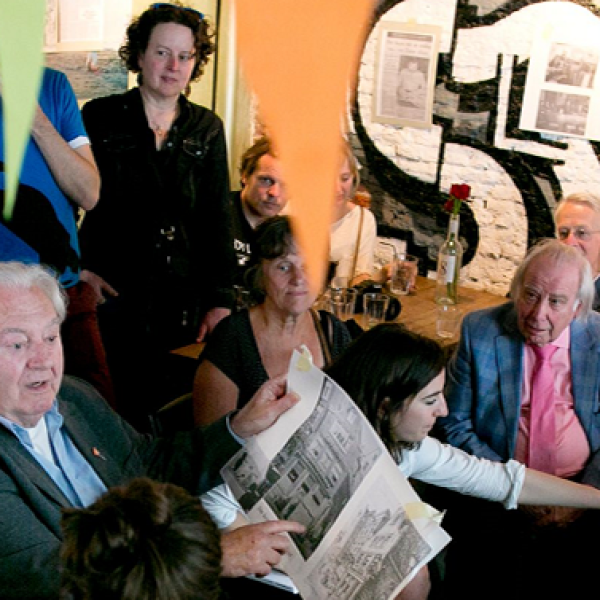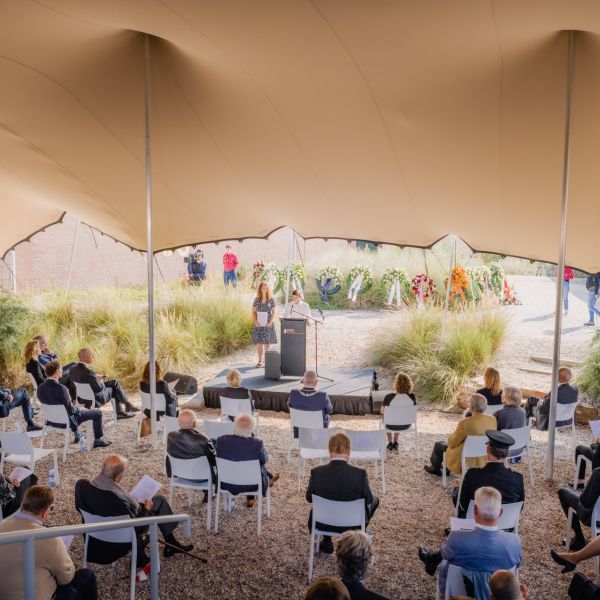Oranjehotel
The Oranjehotel was the name the Dutch attributed to the Scheveningen prison during the Second World War.
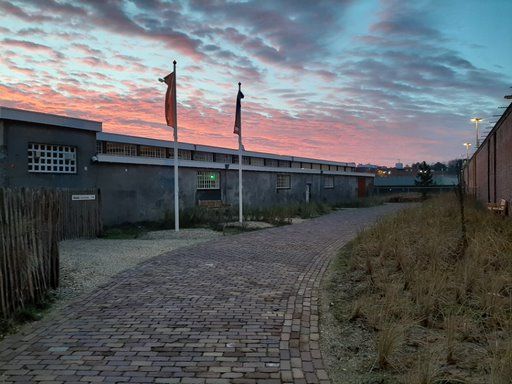
Here the Germans detained over 25,000 people for interrogation and prosecution. Those who violated regulations imposed by the Germans covered a broad spectrum and came from all corners of the Netherlands. Most were members of the Resistance, but those imprisoned here also included Jews and Jehovah’s Witnesses, as well as people detained for economic offences, such as dealing on the black market. Even during the war, the complex was called Oranjehotel as a tribute to the Resistance members imprisoned there.
Renowned and less well-known individuals
Those imprisoned in the Oranjehotel included people of great renown, such as the Soldier of Orange (Soldaat van Oranje) Erik Hazelhoff Roelfzema, Rudolph Cleveringa, Titus Brandsma, George Maduro, Pim Boellaard, Henri Pieck, Anton de Kom, Heinz Polzer (Drs. P.) and Corrie ten Boom, as well as countless others. Some were released, while others were deported to other prisons or camps or executed on the nearby plain the Waalsdorpervlakte.
Impressive stories
Until 2009 the cell barracks remained in use as a prison and were therefore not accessible to the public. The complex became vacant and even threatened to be demolished. After years of restoration and repairs, the Oranjehotel was opened as a Commemorative Centre by King Willem-Alexander in September 2019. On your visit to the present Oranjehotel National Monument you will hear stories about fear, hope, faith and patriotism and will see the conditions in which prisoners were forced to live. We show how vulnerable freedom is, and which decisions are taken, when injustice, oppression and persecution prevail.
Facebook: @nationaalmonumentoranjehotel
Instagram: #nationaalmonumentoranjehotel
Twitter: @NMoranjehotel
